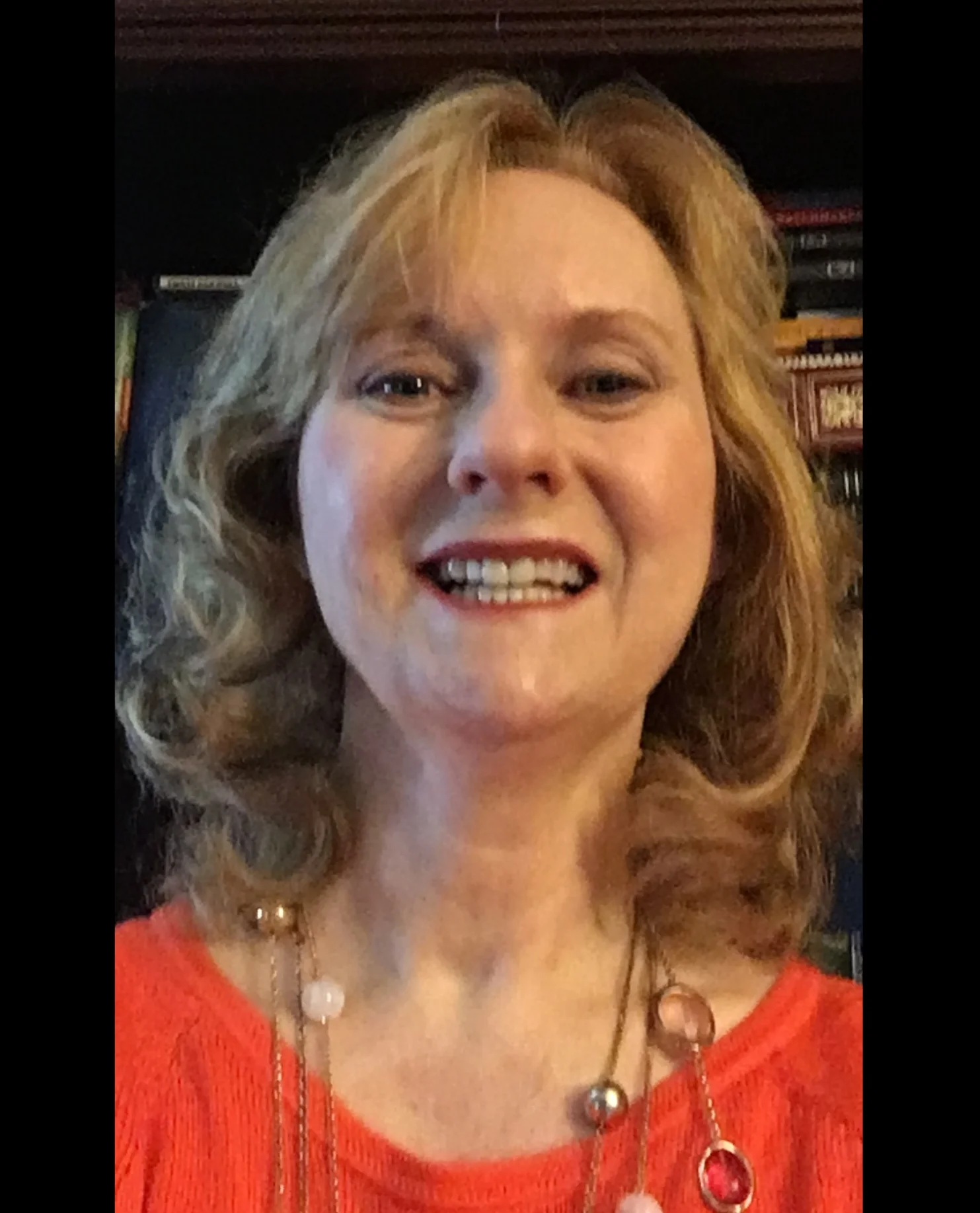For July 2025 in This Awful Awesome Life, we are pleased to have a Q&A with Author and Nature Photographer, Doris Dumrauf. She is an award-winning author, speaker, and photographer currently living in the Pittsburgh area with her husband, their cat, and a backyard full of wild birds.
Doris grew up in Germany and has loved stories from an early age. Her first visit to the U.S. with a folk-dance group sparked her interest into the lives of German immigrants during the 19. Century. While working as an administrative clerk at a U.S. air base, she wrote the first draft of her historical novel, Shiloh Valley.
After moving to the U.S., she continued to improve her photography skills while also taking classes in nonfiction writing.
Her articles and photography have been featured in Pennsylvania Magazine, Pittsburgh Post-Gazette. Country Discoveries, Wildbird Magazine, Atlantic Flyer, Audubon Society of Western Pennsylvania Bulletin, Philadelphia Inquirer, Vögel Magazine, Toastmasters Magazine, Allegheny West Magazine, The Cornell Lab Publishing Group, and National Wildlife Magazine.
She has written two works of historical fiction and four award-winning picture books. for children. She is also well known for her speaking engagements at libraries, community centers, schools, civil and social groups, and retirement centers. Her topics include common backyard birds, birds of North Park, nature photography, creating and preserving wildlife habitats, and attracting pollinators to your yard.
In her spare time, she enjoys walking in Pennsylvania’s state parks.
Doris has agreed to answer my questions about her life, career, and recent adventures as a nature photographer and children’s author.
Thank you Doris Dumrauf!
1. Did you love reading as a child? Was reading a priority in your home? What types of stories were you most interested in reading?
I have always been an avid reader and was a regular visitor to our one-room public library. My favorite books were historical novels and stories that took place in other cultures.
2. When did you begin writing stories? Did you have any idea you would grow up to be an author?
I wanted to be a writer even when I was still in school, but there were no resources to learn the craft, so I worked in office jobs and traveled to 21 countries. I dabbled in novellas before working on “Shiloh Valley.”
3. When did you become interested in photography?
Like most people, I used a point-and-shoot camera during my travels and attended two short photo classes. I did not use a single-lens reflex camera until about 1990.
4. You attended the New York Institute of Photography. What is the single most important thing about photography that you learned there?
Their three guidelines always stayed with me: 1. Decide on your subject; 2. Focus attention on your subject; 3. Simplify.
5. Are the varieties of wild birds in Western Pennsylvania similar to the birds in Germany?
How are they different? House sparrows and starlings were introduced from Europe, so they are very familiar! But birds look different in Germany and since I only became interested in birds in the U.S., I don’t even know the names of many German birds.
6. What made you decide to start writing picture books for children about nature and wildlife?
After we transformed our yard into a Certified Wildlife Habitat®, we began to see more and more insects and birds. I wanted to spread the word about the importance of habitats to the public and began to give presentations accompanied by my photos. Publishing a book was the next logical step.
7. What is the most challenging aspect of writing a children’s picture book?
For me, the most challenging aspect was to use appropriate language for the age group I envisioned. Luckily, I have a friend who has four children, and they became my beta readers. If they were not familiar with a term, then I changed it.
8. Max Mallard Has an Adventure is a departure from the other three children’s books you’ve written. Instead of identifying birds or habitats, you tell the story of a young duck who is afraid to leave his mother’s side. Many young children are anxious about going to daycare or preschool/school. How did you come up with the idea to use Max’s adventure to relate to them?
I honestly don’t know but as an introvert, I can relate very well. The idea came to me after I photographed a young duck pedaling on a pond. Then I set out to photograph immature ducks for a couple of years, which is not as easy as it looks. It turned out that immature ducks look very similar to adults in eclipse plumage (adults molt after the breeding season). Fortunately, a friend at the National Aviary helped me identify my images. Sometimes, even he was stumped!
9. You also included great information about Max’s habitat and the creatures who share it with him. Why was this important to the story?
I wanted to pique children’s curiosity about the natural world and encourage them to discover the wildlife in their local parks. They are the future and hopefully some of them will become stewards of nature.
10. How do you decide the target age for your books?
That’s a difficult question. I try to envision at what age they would understand the content.
11. Which comes first the story idea or the photographs?
Usually the photographs, together with observations about the wildlife I feature.
12. People always say bird watching, but I also think it’s equal parts bird listening. How difficult was it to come up with written words that emulate the sounds birds make?
Listening is the most difficult part of birding for me. As for words to describe the sounds, I often rely on field guides or online resources.
13. In your books, Create Your Own Backyard Wildlife Habitat, Common Backyard Birds, and Life in the Wetlands, you have the birds and other wildlife speak directly to the reader in the first person. What made you decide to use first person point of view?
I chose first person because it speaks directly to the reader, making it more relatable and entertaining. There are plenty of field guides out there. I wanted to create a book that is different from others while telling the reader interesting quirks about each bird.
14. I also enjoyed how each bird or wetlands dweller explained what they like to eat. Some people claim that feeding birds discourages them from foraging for food on their own. Are there certain times of the year when you shouldn’t feed birds?
First of all, you should not feed waterfowl, especially bread. Bread has no nutritional value for birds and if they don’t get the nutrition they need, they will grow angel wings and are unable to fly. We only feed backyard birds during the winter, mostly with black oil sunflower seeds and suet. The best thing you can do for birds is to plant shrubs and trees that provide fruit or nuts and are host plants for the insects the birds eat.
15. Educating children and adults about the importance of preserving and protecting wildlife and wildlife habitats can be a daunting challenge in light of budget cuts to environmental programs. Have you considered starting a podcast to give your books a wider audience? Why or why not?
No, I am already spreading myself too thin as it is. I have a YouTube channel, three social media accounts, and two websites to maintain. I also give presentations and appear at book-related events.
16. How important is it for children to understand the food chain and the importance of insects and birds to our environment?
Did you know that 96% of birds eat insects and, even more importantly, feed them to their young? A pair of chickadees, for example, needs thousands of caterpillars to raise their young. Insects also pollinate much of our food supply. But insects are under threat by climate change, habitat loss, invasive species, pesticides, our love affair with sterile lawns, and pollution. We have to do more to prevent the further collapse of insect populations.
17. Have you ever considered writing a book for children about domesticated animals? Why or why not?
No. There are already enough books about dogs and cats out there. I want to highlight wild animals because they are the ones that will be most affected by human activities and climate change.
18. Do you have any upcoming speaking engagements our readers might want to attend?
I will give a presentation at Woolly Bear Books & Gifts in Carnegie on July 13. This year, I speak mostly in retirement communities but am open to present at libraries, civic groups, and schools.
19. Are you currently working on another children’s book? If so, what can you tell us about it?
I am not working on another book yet. But I have many images of wood ducks and their ducklings, so perhaps I will feature them in a future book.
20. Where can our readers buy your books?
My books are available at the following stores:
The Birdwatchers Store Slippery Rock, PA
Pittsburgh Botanic Garden Oakdale, PA
Woolly Bear Books & Gifts Carnegie, PA
Station No 5 Bradford Woods, PA
National Aviary Pittsburgh (Max Mallard)
Presque Isle Gallery & Gifts Erie, PA (Max Mallard)
Oakiebees.com (Max Mallard)
Amazon.com
Works by Doris Dumrauf:
Children’s Picture Books:
Max Mallard Has an Adventure (2023) for ages 3-7
Life in a Wetland (2020) for ages 5-8
Common Backyard Birds (2018) for ages 4-8
Create Your Own Backyard Habitat (2016) for ages 5-10
Historical Fiction:
Shiloh Valley: A Civil War Era Novel (2020)
Oktober Heat: A Novel set in 1950s Germany (2015) Available in English and German
Selected Awards for Doris Dumrauf’s Books and Photography:
Second Place Best Photography 2024 Purple Dragonfly Book Awards
First Place Best Photography 2021 Purple Dragonfly Book Awards
First Place Best Photography 2019 Purple Dragonfly Book Awards
Silver/2nd Place 2019 Feathered Quill Book Awards Program for the Children’s Early Readers (6-8) category
All photos courtesy of Doris Dumrauf
For more information about Doris Dumrauf, please visit her websites, www.dorisdumrauf.com and www.dorisdumrauf.wordpress.com










